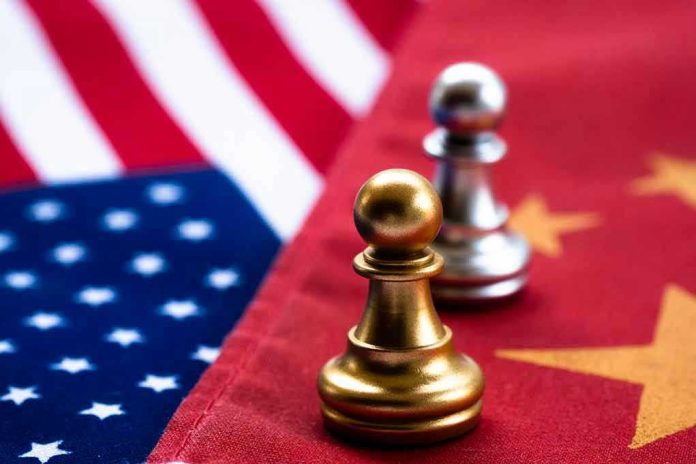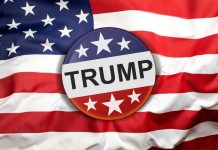
Amid rising global tensions, the recent US-China trade talks in Sweden ended without a definitive agreement, spotlighting the stark contrast between China’s optimism and America’s cautious stance.
At a Glance
- US-China trade talks in Stockholm concluded without a formal agreement.
- China announced a consensus to extend the tariff pause; the US denied any final deal.
- The Chinese Foreign Ministry called for sustainable bilateral ties.
- The looming August 12 deadline for the tariff truce adds urgency to negotiations.
US-China Trade Talks: Two Narratives
The recent trade talks between the US and China in Stockholm were anything but straightforward. While China emerged from the discussions projecting an air of consensus and optimism, the US delegation remained firm that no agreement would be final without President Trump’s explicit approval. This divergence isn’t just a diplomatic footnote—it’s a reflection of the differing strategies and priorities that have characterized US-China relations for years.
#China Says It Hopes to Jointly Work with US on Promoting Sustainable Ties https://t.co/Tp79Xi9I2L
— Asharq Al-Awsat English (@aawsat_eng) July 30, 2025
The two-day dialogue was set against the backdrop of a global economy teetering on uncertainty, with both nations under pressure to avoid economic disruptions. As the August 12 deadline for the current tariff truce looms, the stakes couldn’t be higher. The potential for a renewed trade war threatens to unleash economic turmoil that could ripple across industries and markets worldwide.
China’s Call for Dialogue vs. US’s Stance on Approval
Following the talks, China’s Foreign Ministry issued a statement urging for continued dialogue and cooperation, emphasizing the importance of sustainable bilateral ties. This call for engagement is not surprising, given China’s interest in stabilizing trade relations and projecting itself as a willing partner in global trade. However, the US’s response was more measured, with Treasury Secretary Scott Bessent emphasizing that any deal would require President Trump’s nod.
This insistence on presidential approval underscores a procedural and political bottleneck that has often stalled progress in US-China negotiations. The US approach reflects a cautious, process-driven stance, likely influenced by domestic political considerations and a desire to secure terms that align with broader national interests.
Implications of the August 12 Deadline
The looming deadline for the tariff truce is a critical juncture. Should the two sides fail to reach an agreement, the possibility of renewed tariffs looms large, threatening to disrupt supply chains and inflate consumer prices. The uncertainty is palpable, with businesses and investors on edge, hedging against potential disruptions.
For industries like technology, agriculture, and manufacturing, which are particularly vulnerable to trade barriers, the outcome of these negotiations could have far-reaching consequences. The potential for job losses and economic instability only adds to the pressure on both sides to reach a resolution.
A Long-Running Saga of Trade Tensions
The history of US-China trade tensions is a saga of cyclical negotiations, temporary truces, and recurring conflicts. Since the escalation of the trade war in 2018, both nations have cycled through rounds of negotiations marked by the same patterns—escalation, truce, and renewed tension. The current situation is no different, with both sides posturing for domestic audiences while grappling with the complexities of international trade.
As the deadline approaches, it’s clear that the stakes are high. The outcome of these negotiations could set the tone for the future of US-China relations and have a profound impact on the global economy. The world watches as the clock ticks down, waiting to see if common sense and cooperation will prevail over posturing and brinkmanship.









